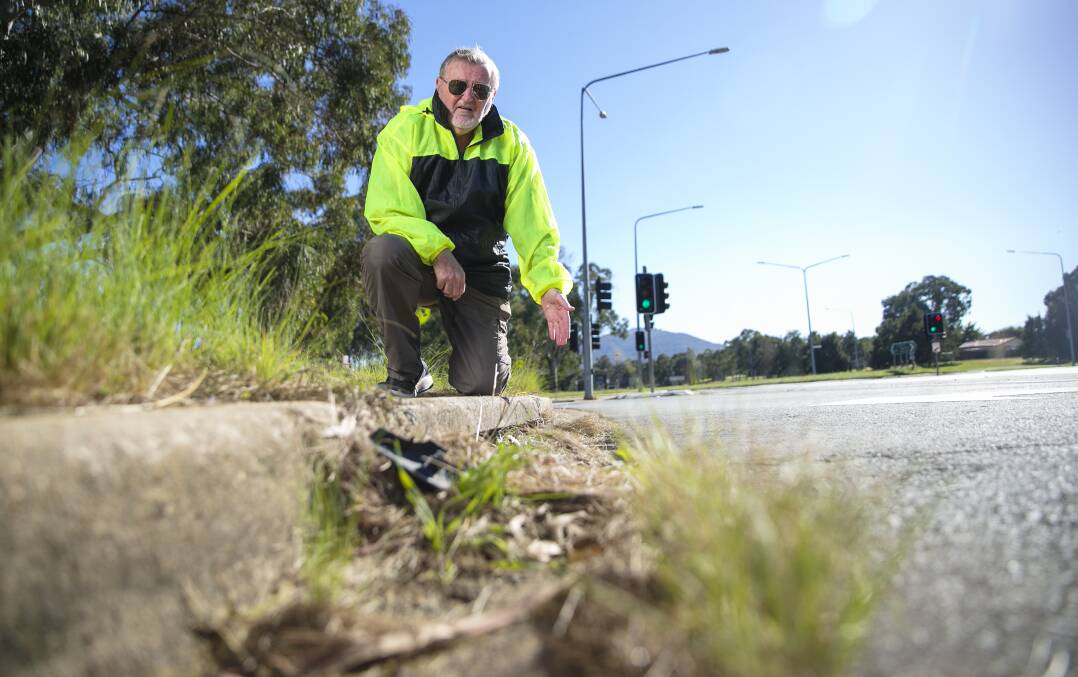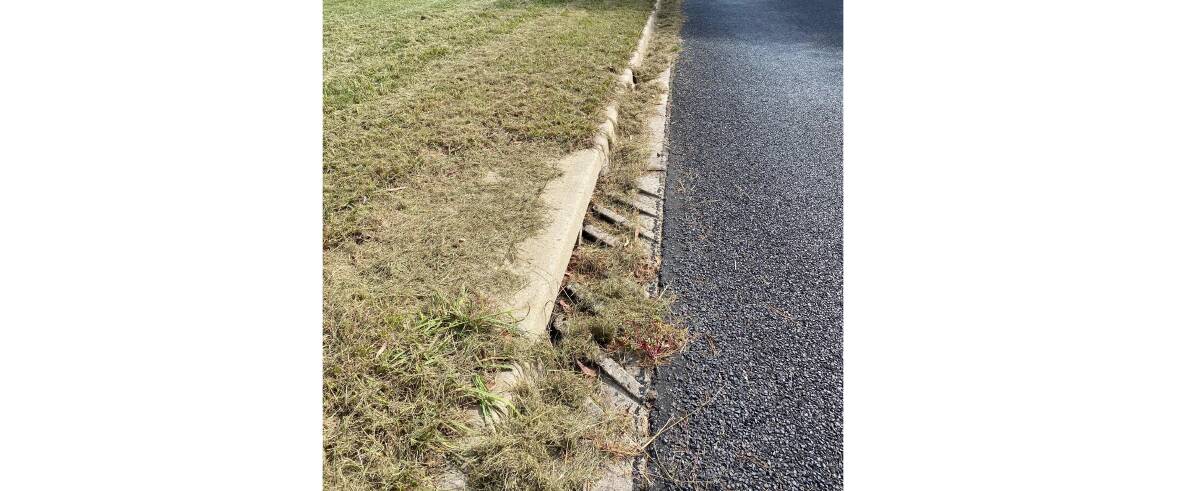
While welcoming a plan to invest $1.5 million into researching the health of ACT waterways, residents have questioned whether the government could do more to prevent excess nutrients making their way down Canberra drains.
The ACT government announced funding for University of Canberra in April, allowing researchers to examine the effect runoff has on algae blooms in Lake Tuggeranong.
Experts have advised leaves and grass from house blocks and road verges likely contribute nutrients to urban lakes and ponds, according to an ACT government spokesperson.
Elevated levels create algae blooms which regularly render Lake Tuggeranong off-limits, earning the lake a rather pungent reputation.
With the government's mowing fleet including only a small number of catcher-fitted mowers, residents like Russell Morison have asked whether it might be time for an upgrade.
"It makes sense to me that we invest in catching equipment, or alternatively run some sort of machine behind it to pick it all up," he said.
"Particularly the stuff that's within a metre and a half of the curbside, because that's what's ending up down the drain."
Mr Morison once had the job of purchasing new equipment, including mowers, for military properties around the country.
"This is not something we've got to try and figure out for ourselves," he said.
"We're not talking about new technology."
While catcher mowers are used for small patches of grass including at City Walk, Ainslie Place and Gungahlin Town Square, they're not used for sportsgrounds or other large lawn areas.
"Our policy is not to collect clippings but rather allow them to break down to naturally to support soil health," a government spokesperson said.
"Our crews direct the flow of grass clippings away from verges, road edges and stormwater systems."
With peak mowing season between September and March now over, the government's mowing program will be at a reduced rate in Autumn and Winter.

The ACT government spokesperson said crews do their best to ensure large amounts of grass clippings do not remain on pathways, gutters or roads.
"The government is working on a new consolidated Urban Open Space Land Management Plan this year where we will be consulting with the community on how improvements could be made to mowing policy to better manage our public open spaces," a spokesperson said.
The community will be invited to comment on a draft of the Urban Space Land Management plan towards the end of 2022.
"The ACT government has commissioned research over the next 18 months to investigate how much of a role leaves and grass on verges play in this problem.
"This research will seek to determine the ultimate sources of nutrients in the Tuggeranong catchment.
"The results in Tuggeranong, combined with waterways monitoring throughout Canberra, will help us determine the main sources of pollution in Canberra's other catchments so that these can be effectively addressed."







